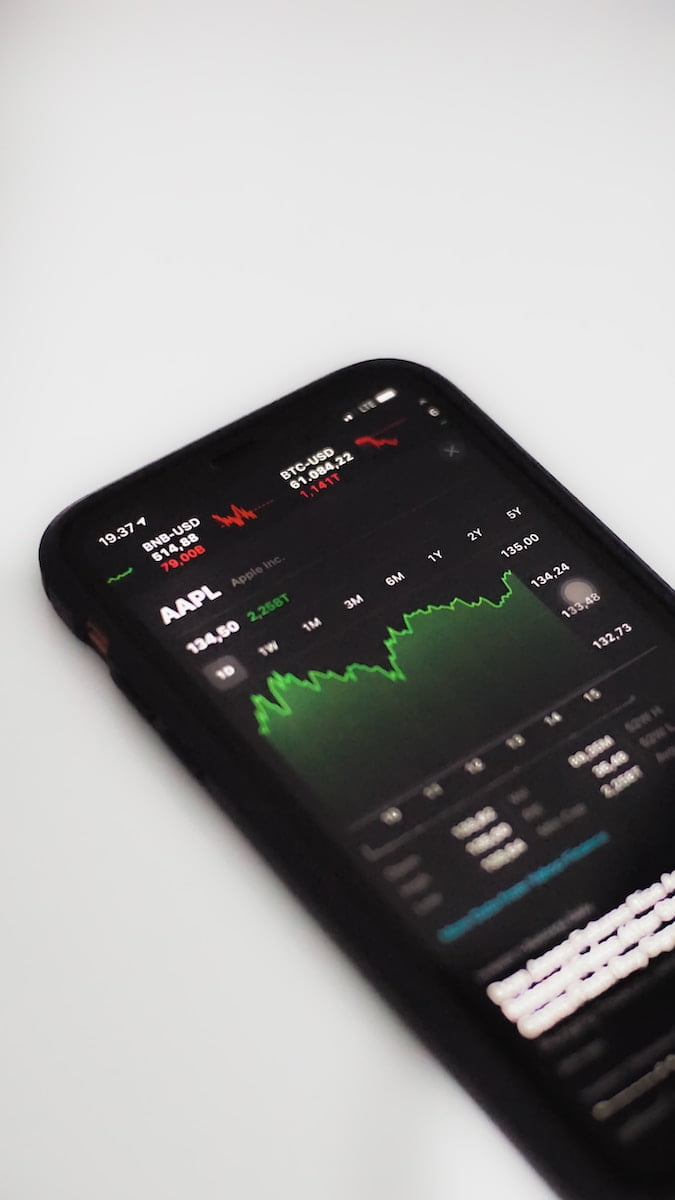In the world of finance, trading platforms have revolutionized the way individuals and institutions buy and sell assets. These digital interfaces have not only democratized access to financial markets but have also significantly expanded the range of tradable instruments and trading strategies. In this article, we will delve into the concept of trading platforms, their evolution, key features, and the impact they’ve had on the world of trading.
Understanding Trading Platforms
A trading platform is a software application or online interface that facilitates the execution of financial transactions. It serves as an intermediary between traders and the financial markets, allowing users to place orders, monitor real-time market data, and manage their portfolios. Trading platforms are commonly used for various asset classes, including stocks, bonds, commodities, foreign exchange (forex), cryptocurrencies, and derivatives.
The Evolution of Trading Platforms
The history of trading platforms can be divided into several distinct phases, each marked by significant technological advancements and changes in market dynamics:
Traditional Open-Outcry Trading: Before the digital era, most trading took place on open-outcry trading floors where traders physically exchanged assets and shouted out orders. This method was prevalent in stock exchanges worldwide but lacked efficiency and accessibility.
Early Electronic Trading Systems: The 1970s and 1980s saw the emergence of electronic trading systems like NASDAQ, which introduced electronic order matching. These systems were a significant departure from traditional trading but were primarily limited to specific exchanges.
Online Brokerage Platforms: The mid-1990s witnessed the rise of online brokerage firms that provided retail investors with access to stock markets through the internet. E*TRADE, founded in 1982, is often credited as a pioneer in this field.
Direct Market Access (DMA): The late 1990s and early 2000s brought DMA, enabling traders to send orders directly to exchanges and bypassing traditional brokers. This marked a leap forward in trading speed and efficiency.
Multi-Asset Trading Platforms: As financial markets expanded, trading platforms evolved to accommodate various asset classes, including forex, commodities, and derivatives. MetaTrader 4 (MT4) and MetaTrader 5 (MT5) are examples of popular multi-asset trading platforms.
Algorithmic and High-Frequency Trading: Advanced algorithms and high-frequency trading (HFT) gained prominence in the 2000s, allowing traders to execute orders at lightning speed and exploit minute price discrepancies.
Cryptocurrency Exchanges: The introduction of Bitcoin in 2009 sparked the creation of cryptocurrency exchanges, which operate exclusively in the digital realm. These platforms enable the trading of cryptocurrencies like Bitcoin, Ethereum, and many others.
Mobile Trading Apps: With the proliferation of smartphones, mobile trading apps have become a cornerstone of modern trading. Users can access markets, place orders, and receive real-time updates on their mobile devices.
Social Trading and Copy Trading: Some trading platforms introduced social trading features, enabling users to follow and copy the trades of experienced investors. This has opened up trading to a broader audience and simplified decision-making for newcomers.
Key Features of Trading Platforms
Modern trading platforms come with a range of features designed to cater to the needs of different traders:
Real-time Market Data: Access to up-to-the-minute price quotes, charts, and news updates is crucial for informed decision-making.
Order Types: Platforms offer various order types, including market orders, limit orders, stop orders, and more, allowing traders to implement different strategies.
Technical Analysis Tools: Charting tools, indicators, and drawing tools aid in technical analysis, helping traders identify trends and patterns.
Fundamental Analysis: Access to financial news, economic calendars, and company data supports fundamental analysis.
Risk Management: Features like stop-loss and take-profit orders help manage risk by automating trade exits.
Demo Accounts: Many platforms offer demo accounts for beginners to practice trading without risking real capital.
Customization: Traders can often customize their platform’s layout, colors, and indicators to suit their preferences.
Security: Robust security measures, including encryption and two-factor authentication, protect user accounts and data.
The Impact of Trading Platforms
Trading platforms have had a profound impact on the financial industry:
Increased Accessibility: Trading is no longer limited to financial professionals; individuals worldwide can participate in markets from the comfort of their homes.
Reduced Costs: Online trading has significantly reduced trading costs, with lower commissions and spreads compared to traditional brokerage services.
Market Liquidity: Electronic trading platforms have increased market liquidity by facilitating faster and more efficient order execution.
Market Transparency: Real-time data and order book visibility provide traders with insights into market dynamics, fostering transparency.
Innovation: The constant evolution of trading platforms has spurred innovation in trading strategies, algorithm development, and risk management techniques.
In conclusion, trading platforms have come a long way since the days of open-outcry trading floors. They have played a pivotal role in shaping modern financial markets, making them more accessible, efficient, and diverse. As technology continues to advance, the future of trading platforms is likely to bring even more innovation, further democratizing the world of finance and expanding the opportunities available to traders.

+ There are no comments
Add yours